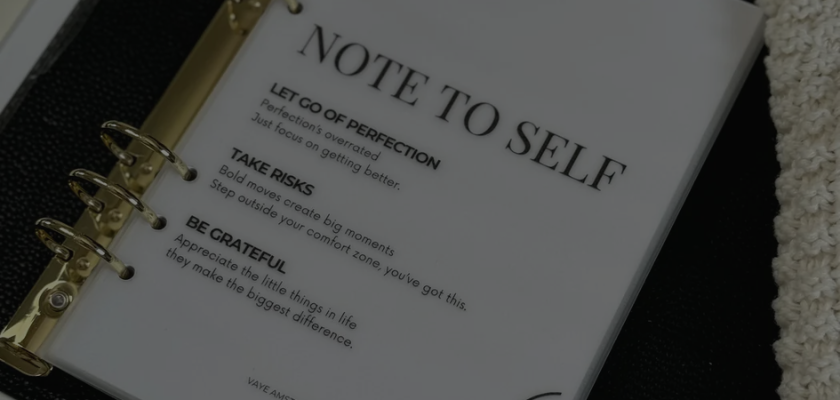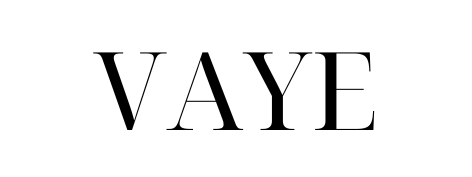
Which budgeting method is right for you?
Share
Budgeting. Just the word can trigger a bit of stress for some. But did you know that budgeting can actually provide peace of mind, clarity, and more freedom in your finances? No more struggling at the end of the month, no more panic attacks over unexpected bills – just control over your money. Sounds good, right?
Yet we often hear: "I want to start budgeting, but I don't know where to begin." Or: "There are so many methods, which one is actually right for me?" In this blog post, we'll explain in a relaxed manner which popular budgeting methods exist, who they work for, and how you can choose the right one.
Why isn't there one right way to budget?
Because no one is the same.
Some people love spreadsheets, others are allergic to them. One wants to track every euro, while another finds it a big deal just to know how much comes in each week.
So budgeting isn't a one-size-fits-all solution. Fortunately, there are several methods that all have the same goal: making your money work for you. And with the right tools (like our budget binders ), it even becomes a bit fun. 😉
The 4 most popular budgeting methods in a row
We'll take you through four commonly used methods, including their pros and cons, and which type of person suits them best.
1. Envelope Method (Cash Stuffing)
What is it?
With this method, you physically divide your money into different categories (e.g., groceries, outings, clothing). You literally put the money in envelopes or a budget binder , and when it's gone... it's gone.
For whom?
- You are a visual learner.
- You want to be conscious about your expenses.
- Paying in cash doesn't scare you (in fact, you enjoy seeing "real" money disappear).
Advantages:
✅ You see exactly where your money goes.
✅ Ideal for breaking spending patterns.
✅ Can be combined with savings challenges!
Disadvantages:
❌ Less convenient if you do everything digitally.
❌ You must withdraw cash.
Tip: Start with our Cash Stuffing Starter Kit – includes A6 binder, envelopes, and placeholders.
2. Zero-Based Budgeting
What is it?
With this method, you assign every euro a purpose. If you receive €2,000 per month, you allocate it entirely: rent, groceries, savings, leisure time… everything. Your budget = €2,000. What's left? Nothing. Because that's already "planned."
For whom?
- You like structure.
- You don't want to be left with anything without knowing where it's going.
- You have irregular income (think: self-employed, flexible contract).
Advantages:
✅ Everything is under control.
✅ Ideal for people who want to save and spend with a plan.
✅ Perfect to combine with a budget planner .
Disadvantages:
❌ Takes time to set up.
❌ Less suitable if you are spontaneous with money.
Handy: Our budget planner helps you keep track of this method clearly.
3. The 50/30/20 rule
What is it?
This popular method divides your income into 3 categories:
- 50% to fixed costs (rent, groceries)
- 30% to fun things (outings, clothing, etc.)
- 20% to savings or paying off debts
For whom?
- You want to budget, but not micromanage.
- You work with a fixed income.
- You want to keep some freedom in your spending.
Advantages:
✅ Simple and clear.
✅ Makes room for fun and saving.
✅ No hassle with envelopes or counting pennies.
Disadvantages:
❌ Less suitable if you have a small or fluctuating income.
❌ More difficult to make big savings.
Tip: Combine this with a digital template or our savings challenges to keep track of your savings goals.
4. Pay Yourself First
What is it?
With this method, you pay yourself first: you set aside a sum for saving, investing, or repaying your mortgage immediately upon receiving your salary. Then you live off the rest.
For whom?
- You often neglect saving.
- You want to get richer on autopilot.
- You like simplicity.
Advantages:
✅ You save automatically – without thinking.
✅ Less chance of “overspending”.
✅ Fast results.
Disadvantages:
❌ Less insight into daily expenses.
❌ You really have to keep your other expenses within the rest.
Join our 52-week savings challenge – and save over €1,000 in a year!
How to get started with budgeting
-
Choose 1 method.
Don't do it all at once! Start with what feels best. -
Use resources.
Think of a planner , cash binder , or savings challenge. -
Be patient.
The first month is a matter of getting used to things. That's normal. -
Adjust where necessary.
Budgeting isn't a straitjacket – it has to work for you .
Finally: budgeting = freedom
Budgeting might sound like a restriction, but it's actually the opposite. It gives you control, peace of mind, and… freedom. Freedom to save for that weekend getaway, shop for groceries without stress, or finally build that savings.
👉 Ready to get started? Check out our Budget Starter Sets or learn more about cash stuffing in this blog post (fictional link as an example) .
